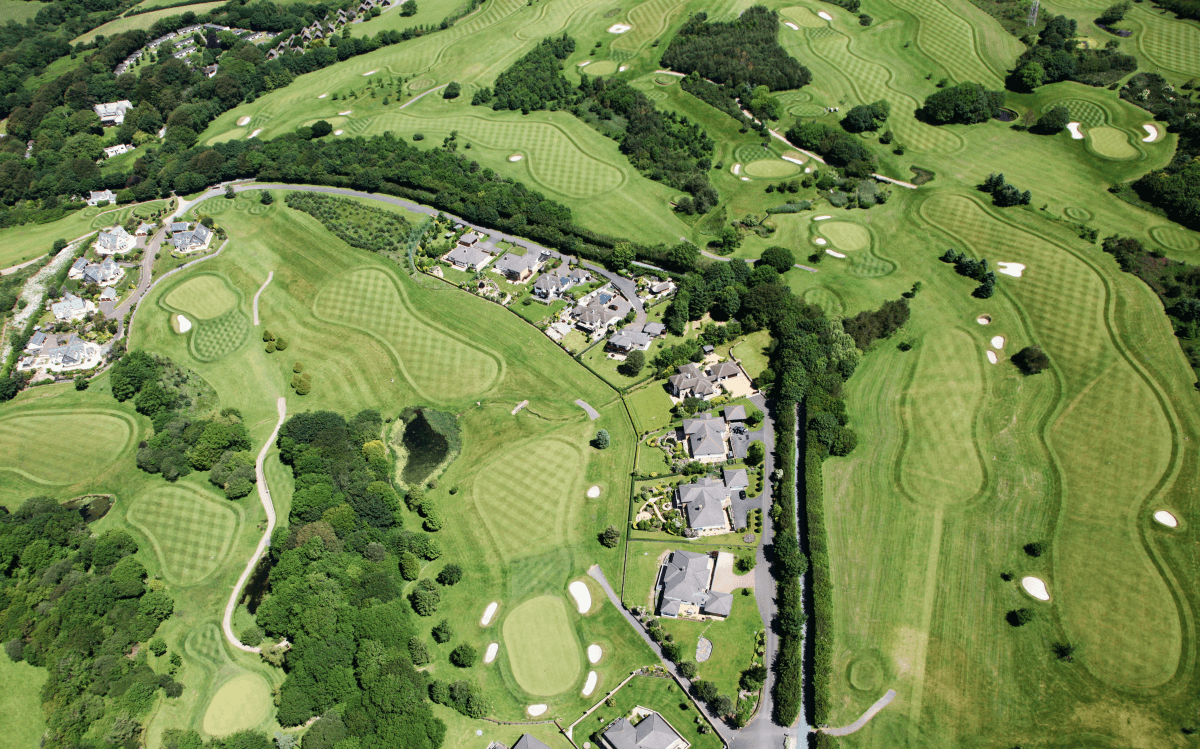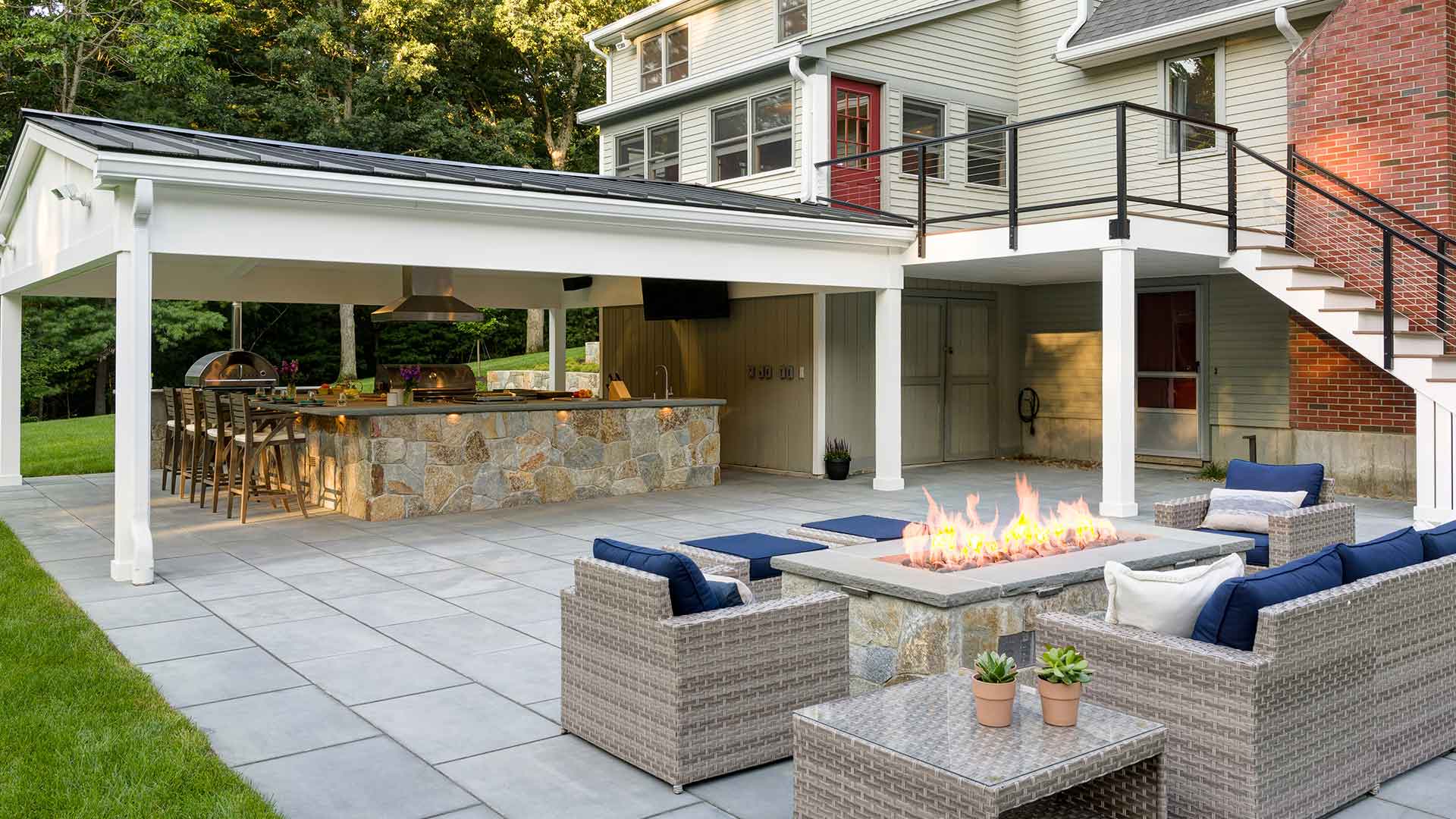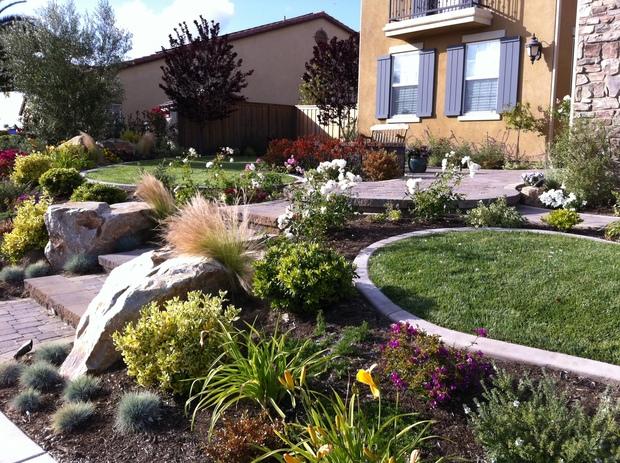5 Easy Facts About Landscapers Shown
5 Easy Facts About Landscapers Shown
Blog Article
Landscapers - Truths
Table of ContentsExamine This Report about LandscapersRumored Buzz on LandscapersNot known Details About Landscapers The Facts About Landscapers UncoveredLandscapers - Truths
In the PNW there are semi-deciduous or semi-evergreen plants that might lose their leaves depending on just how cold the winter season is. - A level gathering area, made of timber or composite product (made to look like wood), usually surrounding or attached to a structure.

This is an all-natural process, and the outcome can be utilized for courses and outdoor patios. - Key landscape attributes being suggested in a landscape layout plan.
Get This Report on Landscapers
These goals direct the style procedure, not the developer's design or preferences. Common style goals in Rose city are reduced upkeep, dry spell tolerant, and animal friendly.
Over time this layer can get really thick and make it difficult for water, sun, and nutrients to get to portions of the turf.- The process of gathering and managing the flow of water on a property. This can be done with grading, French drains pipes, dry wells, absorptive surface areas, sump pump, rainfall gardens, and a lot more.
Feature at the end of hillsides, with all-natural springtimes, or complete of heavy clay have the most drainage problems.- A slow feeding watering system that uses flexible tubing and emitters to send out a specific quantity of water to every plant. This is the most efficient method of watering plants. - The capacity of a plant to make it through without much summertime water.
- A yard attribute where water is represented by an aggregate rock item, typically a gravel or granite. These are most generally discovered in contemporary and Japanese yard style.- A stone or natural flagstone patio area, path, or sidewalk developed without a concrete base. The base would be compressed gravel and the joints would be an accumulation or walkable ground cover.
Landscapers Fundamentals Explained
- A stone maintaining or complimentary standing wall surface constructed without making use of mortar. A highly knowledgeable mason is needed for a completely dry pile rock wall surface. Most walls in Portland are moist stacked, even if they appear to be. - An underground framework that collect water and allows it to slow percolate right into the dirt around it.
Landscape design that is compatible with a sites' environment in both look and sustainability without adverse influences to the atmosphere. Edging in the landscape is a line of demarcation that produces visual rate of interest in the yard by separating one segment from another sector. This can be visual or practical, maintaining one aspect (such as pea crushed rock) click this site from getting mixed right into an additional (like bark dirt).
Locations can also have a sensation of "room" given by trees, other growings, fences, or displays. The landscape near the entry to a structure.
A plant that is foreign to the area where it will be grown. Not all "exotics" are intrusive or dangerous, and many can be well acted or drought forgiving (Landscapers). A mass growing of ferns. Thicker bladed turf lawn that spread out through rhizomes.: The level of soil on your building before bark dirt or compost is spread.
7 Simple Techniques For Landscapers

The function, factor, or action that a location is be landscaped for. Area for growing plants for watching, consuming, or physical activity.
Rock item, either rounded or fractured, that is fairly small- usually 1" or much less. Low plants that are permitted or motivated to spread over a location. Can refer to any "tough" garden components including statuary or boulders however many commonly is utilized to refer to courses, patios, and walls.: Elevation difference in between the level of water in a fish pond (or the level of the pump if it rests outside the pond) and the top outlet of water which affects performance of the water pump in gph why not try this out (gallons per hour). Dense hedges or trees that develop a fence, display, or boundary.

The 6-Second Trick For Landscapers
A more relaxed yard dominated by curved instead of straight bed lines and a much less inflexible structure. Conventional PNW landscapes are informal. A plant that spreads even more than wanted, or right into habitats where it does damage. Rose city has a listing of invasive plants that ought to not be installed in landscapes due to the fact that they can spread out to forests or waterways and be difficult to manage.
Smart irrigation controller reviews and recommendations below. 2-D rendering of the suggested watering system. Can include head positionings and insurance coverage, pipe sizing, GPM specifications, and products needed to mount this system. An irrigation strategy is normally unnecessary for homes but prevails for industrial projects. Certified professional that develops landscapes, educated in engineering and style in addition to in horticulture.
The specialist who prepares and creates landscape jobs, generally at a property or tiny industrial degree with the major style catalyst on growings. Landscape designers commonly have less schooling than Landscape Architects and are not accredited. A completed landscape style, describing all elements for the new landscape. This generally takes the form of a drawing on paper.
Calcium product used to raise the official source pH in soil, which will certainly make it much less friendly to moss. A water tight HDPE material utilized beneath fish ponds, streams and waterfalls in water attributes. Using numerous plantings of the exact same selection to fill out a location in the landscape. This can lower maintenance and water use in the garden.
Report this page